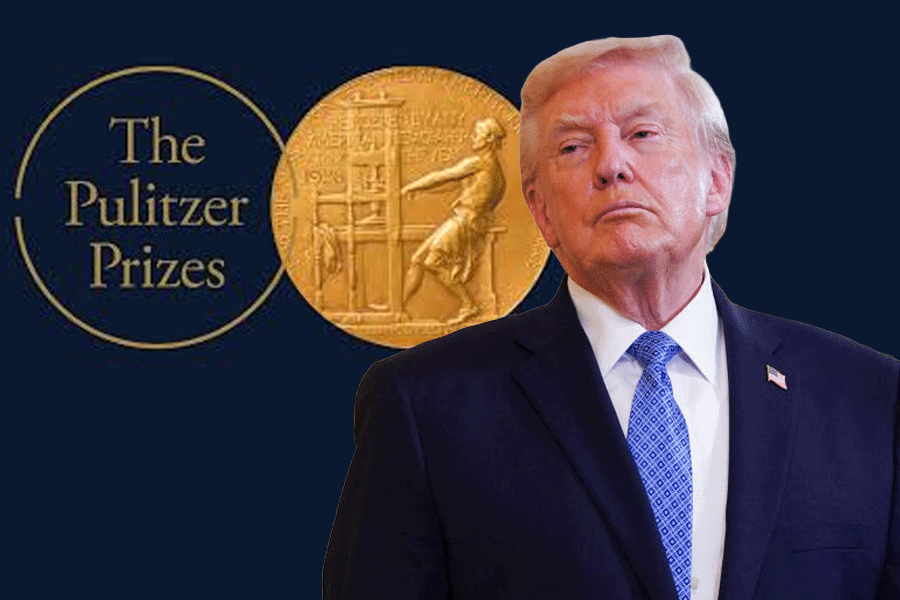The securities regulator is said to be considering a “combo product” involving features of both insurance and mutual fund. The idea, highlighted by a section of the financial media, is reportedly aimed particularly at the rural hinterland. While details of the proposal are not immediately available, the occasion allows us to ask a few pertinent questions. What could be the contours of such a combination? How would investors gain from it? And importantly, what could be its returns and expenses?
Before we delve further, let us take up a few points that stem from the matter flagged by the capital markets watchdog. One, the plan here is to support investors for whom SIP (Systematic Investment Plan) is a functional strategy — but many of them are still constrained by declining valuations. In fact, equity prices across sectors have gone south during the last three or four months.
Two, a large section of the market will need a life insurance cover as a critical add-on. So the final product for them should offer a bit of both elements — capital appreciation along with indemnity.
That said, let us zero in on the probable features of such a combination. In terms of costs, the offer will look attractive only if the expenses are kept low. In fact, the regulator is said to have referred to a plain vanilla term life insurance in this context.
A term plan is quite a low-cost tool that can serve a very wide section of the market. For first-time insurance seekers, it is an entry point of sorts. It is considered ideal for those who want “pure” insurance (without such bells and whistles as endowment or money-back options).
Experts often point out that term plans are the most essential insurance products anyone can acquire. In short, term insurance can serve as the very core of one’s financial road map.
A special “fund+insurance” combine (for want of a better name) should, however, come with its own unique cutting edge. The most important aspect anyone will want to ensure will relate to returns. How will such a combine perform across market cycles? Will it deliver decent returns over time? Can there be any guarantees for the investor? These are vital questions for all.
However, insofar as the last poser is concerned, a detailed answer seems critical even at this early juncture.
Who pays?
As we all know, it is not easy to provide guarantees for products that are closely linked to the market. On the contrary, the market is a competitive battleground — the investment vehicles that operate within its confines try to serve their customers in the most efficient manner. The very idea in most cases is to deliver superior returns, and in the process beat the market in general (that is, outperform the index). Guarantees and assurances have no place in this domain. Yes, the fixed-income space does allow some leeway, but we are not discussing that today.
The key question here, therefore, relates not to guarantees — rather, it is mostly about expenses. What could be the probable cost structure? And, significantly enough, who will bear such expenses? Well, the answer to the second query is quite obvious — as in most cases, the investor must pay for what he is about to receive. “Client pays” is indeed a standard mantra for most players in the service sector.
The point we wish to make is simple: the investor must pay the premium (and other expenses, if any). Of course, term insurance is typically a low-premium concept. But regular payment of premium is absolutely non-negotiable. For the insurance plan to remain in place, premium must be paid on time. It is as simple as that.
As for the other key aspect — capital appreciation — the usual expenses are known to all mutual fund investors. Such expenses are declared mandatorily by asset management companies with respect to the funds they have under their umbrella. There are also strict norms that all fund managers must follow with regard to various charges and costs. Interested readers will do well to check the latest data related to TER (Total Expense Ratio, as a percentage of total assets).
Lessons from history
The proposal to combine mutual funds and insurance plans is not completely alien to the Indian investing fraternity. There have been sporadic instances in the past when asset management houses have attempted to create such structures. However, despite marketing campaigns conducted by the players concerned, these have not really made a significant dent. Investors, it seems, were not quite inspired by the idea. Most of the combo products conceived by the industry have not stood the test of time.
An exception of sorts nevertheless can be cited in the shape of UTI Mutual Fund’s Unit Linked Insurance Plan. This, UTI points out, is positioned as a “solution oriented” proposal which offers both tax-saving and insurance. While new applications in this fund are not being accepted at the moment, existing investors are being asked to keep paying their premiums. UTI ULIP manages more than ₹5,400 crore. Its other features are as follows:
- USP: Risk cover along with growth potential
- Tax saving under Section 80C of Income Tax Act
- Portfolio: Mix of equity and debt. A maximum 40 per cent exposure to equity is allowed
- Benchmark: NSE Nifty 50 Hybrid Composite Debt 50:50 Total Return Index
- Exit load: 2% for premature withdrawals
- Risk: High, according to Sebi’s Riskometer
- Returns: 10.54 per cent over the past five years; 9.4 per cent since inception.
A critical point to be noted here is that the fund, introduced in the 1970s, traces its origin to the old Unit Trust of India. Far too many changes have happened on the regulatory front since then, and the asset management industry too has morphed quite heavily. UTI ULIP, thus, cannot be seen as a model for what is being proposed now.











